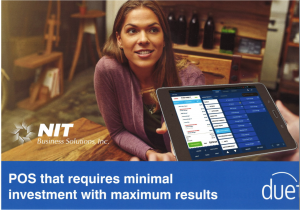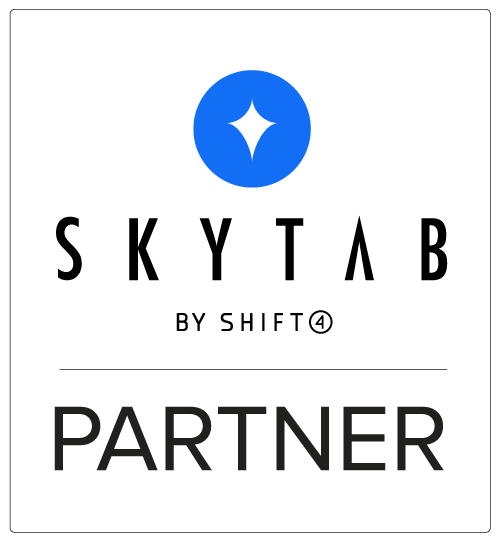
The restaurant industry is notoriously known for being difficult. Through a recent study conducted by Ohio State University, it was concluded that 60 percent of restaurants close within the first year of opening and 80 percent of restaurants close within the first five years. In order to avoid this trend, it is important to stay aware of the most common reasons restaurants fail. By staying proactive of these problems, you will ultimately be able to sustain and continue growing your business.
Inexperienced Restaurant Owners
Many that open restaurants simply lack the experience or overall capabilities of managing an entire place. Though it may seem simple from the outside, restaurants are vastly complicated and detailed businesses. Without proper knowledge or guidance, it is very easy to make mistakes that may prove costly within the first few years of running a business.
Solution: If you’re unfamiliar with restaurant ownership, it would be helpful to reach out to a local professional, specifically one familiar with the area of your restaurant. Even if you have previous experience, it is always beneficial to reach out to someone else to possibly highlight any potential opportunities or flaws you may have overlooked. To get in contact with a professional who has over 30 years of experience and dedication to the restaurant industry, click here.
Poor Location
Among the industry, one of the biggest killers of restaurants within the first few years is simply just bad location. Without a proper amount of foot traffic within the area, a restaurant can’t possibly sustain costs if there are not enough people walking in and out. Most restaurants rely on walk in traffic to build up a significant amount of its profits. With a good location, restaurants are then able to capitalize on those in the area looking for a bite.
Solution: Thorough study and analysis of a potential location is necessary so this problem isn’t ran into. Much of this data is available online or from previous tenants.
Accounting Mishaps
The restaurant industry relies on tight margins, therefore any slippage within tracking and forecasting cash flows are significant. Owners and managers must keep a careful eye on all expenses, costs, and inventory levels. Unlike other businesses, a restaurant owner must take into account food orders, payroll, tip pools, order errors, spillage, and everything in between of running a business. Without proper accounting, owners commonly see income shrink without really knowing the reason why.
Solution: One way to simplify this process accurately is by using a POS System. Pos Systems, which you can learn more about here, keep track of all essential details needed to run a restaurant. In addition, all of the data tracked among a POS can help accountants accurately track cash flow.
Excessive Initial Cost
Opening your dream restaurant can be exciting. As something you have been thinking of for so long, it is easy to get caught up in adding all of the bells and whistles to make it just that much more perfect. However, this is a common mistake among many restaurants that fail. Budgeting properly and buying items that will help your business grow, versus buying a painting or new tables and chairs needs to be considered during your initial investment into your business. These bells and whistles can always be added later once the business becomes profitable.
Solution: Opening a restaurant should be like investing in your idea. As we know, the best investments are those that can pay dividend down the line. For guidance during the opening stages of your business, click here!
Miscalculated Food Prices
In order for any restaurant to sustain profitability is to properly calculate the prices of its items. Without proper consideration of food price, restaurant owners can easily underprice themselves out of business. With an industry based so much upon the slimmest of margins, awareness and adaptability to food costs is a common mistake restaurant owners overlook.
Solution: There are many tricks to keeping food costs down while retaining the same taste. The golden rule of 30 percent food cost can help you keep menu prices competitive. For more details on how to do this, click here.



